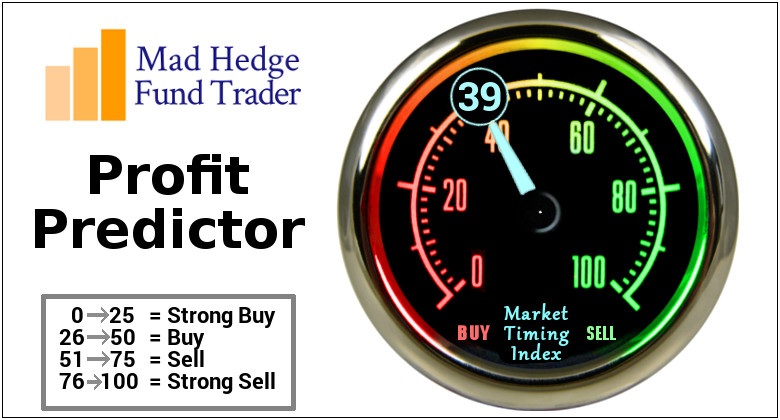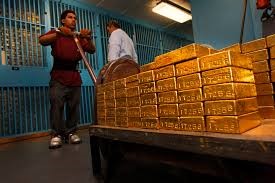“If politicians delivered everything they promised, there would be absolutely no reason to go to Heaven,” said American humorist Will Rodgers.
“If politicians delivered everything they promised, there would be absolutely no reason to go to Heaven,” said American humorist Will Rodgers.
Global Market Comments
October 31, 2025
Fiat Lux
Featured Trade:
(OCTOBER 29 BIWEEKLY STRATEGY WEBINAR Q&A),
(SPY), (TLT), (GLD), ($WTIC), (USO), (TAN)
“No one is line dancing over the fact that the market is at 4,000. No one feels good about it. The market likes to climb a wall of worry, and the stonemason has been hard at work. So, I think we continue to grind higher,” said Jason Trennert, chief investment strategist at Strategas Research Partners.
Global Market Comments
October 30, 2025
Fiat Lux
Featured Trade:
(WHY TECHNICAL ANALYSIS DOESN’T WORK)
(SPY), (QQQ), (IWM), (VIX)
(TESTIMONIAL)
Global Market Comments
October 29, 2025
Fiat Lux
Featured Trade:
(THE IRS LETTER YOU SHOULD DREAD),
(TESTIMONIAL)
Global Market Comments
October 28, 2025
Fiat Lux
Featured Trade:
(PLEASE USE MY FREE DATABASE SEARCH)

When asked about the urban legend that the vaults at Fort Knox are empty, and that the Fed has no gold, former Federal Reserve Chairman Ben Bernanke responded, "I've been to the basement of the New York Fed. The gold is there. I've seen it."

Global Market Comments
October 27, 2025
Fiat Lux
Featured Trade:
(MARKET OUTLOOK FOR THE WEEK AHEAD, or THE YEAREND RALLY HAS STARTED),
(NFLX), (SPY), (TLT), ($VIX), (GM), (TSLA),
(USO), (PHM), (GLD), (AAPL), (SLV), (FXI)
Global Market Comments
October 24, 2025
Fiat Lux
Featured Trade:
(THE KINDLE EDITION OF THE JOHN THOMAS BIO IS OUT)
"If you can get a dividend higher than the yield on ten year debt, it's an opportunity we haven't seen in our lifetime. On a five year horizon, investing in large multinationals with high dividends will have a large payday" said Lawrence Fink, CEO of Black Rock.
Legal Disclaimer
There is a very high degree of risk involved in trading. Past results are not indicative of future returns. MadHedgeFundTrader.com and all individuals affiliated with this site assume no responsibilities for your trading and investment results. The indicators, strategies, columns, articles and all other features are for educational purposes only and should not be construed as investment advice. Information for futures trading observations are obtained from sources believed to be reliable, but we do not warrant its completeness or accuracy, or warrant any results from the use of the information. Your use of the trading observations is entirely at your own risk and it is your sole responsibility to evaluate the accuracy, completeness and usefulness of the information. You must assess the risk of any trade with your broker and make your own independent decisions regarding any securities mentioned herein. Affiliates of MadHedgeFundTrader.com may have a position or effect transactions in the securities described herein (or options thereon) and/or otherwise employ trading strategies that may be consistent or inconsistent with the provided strategies.
